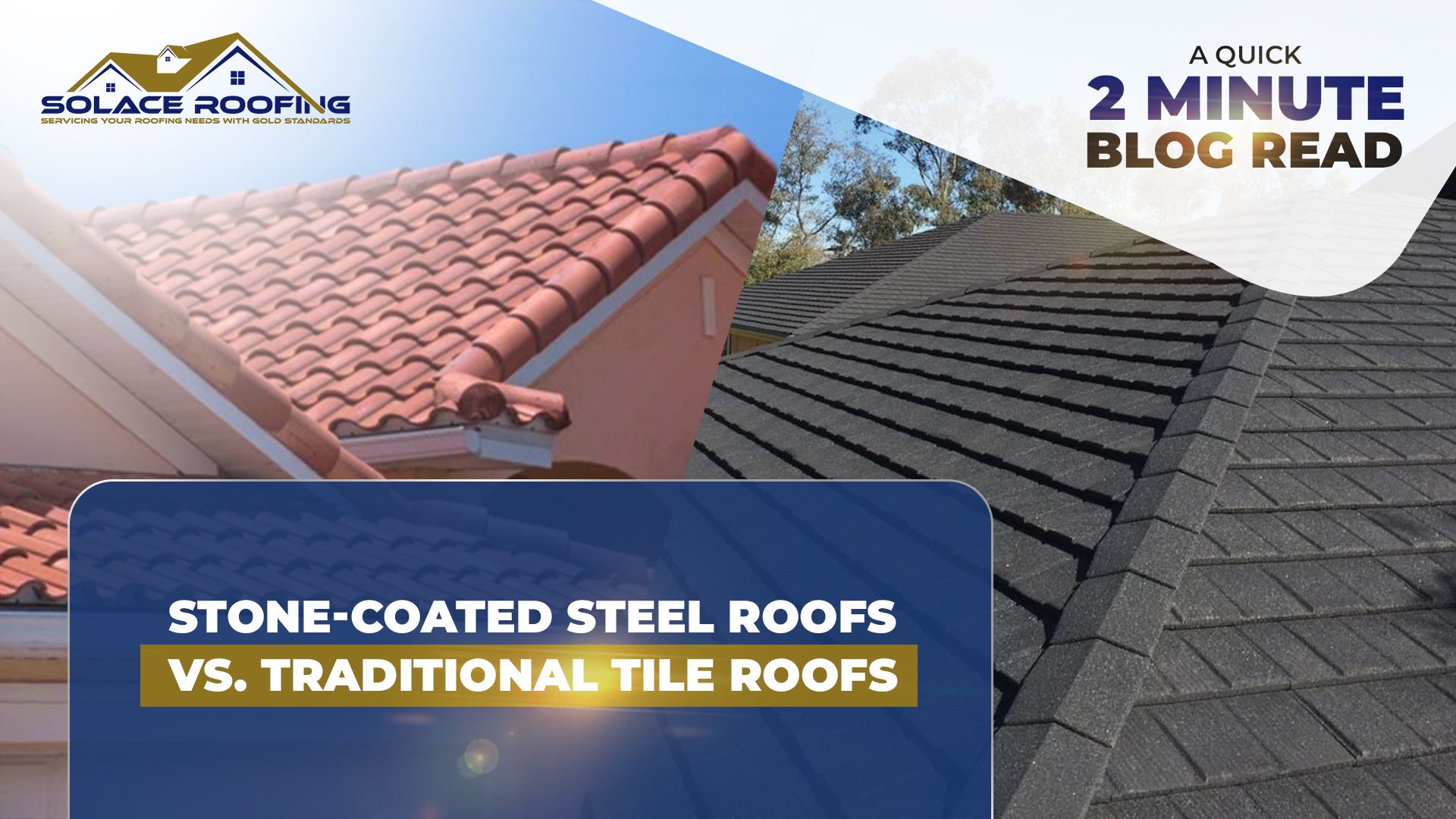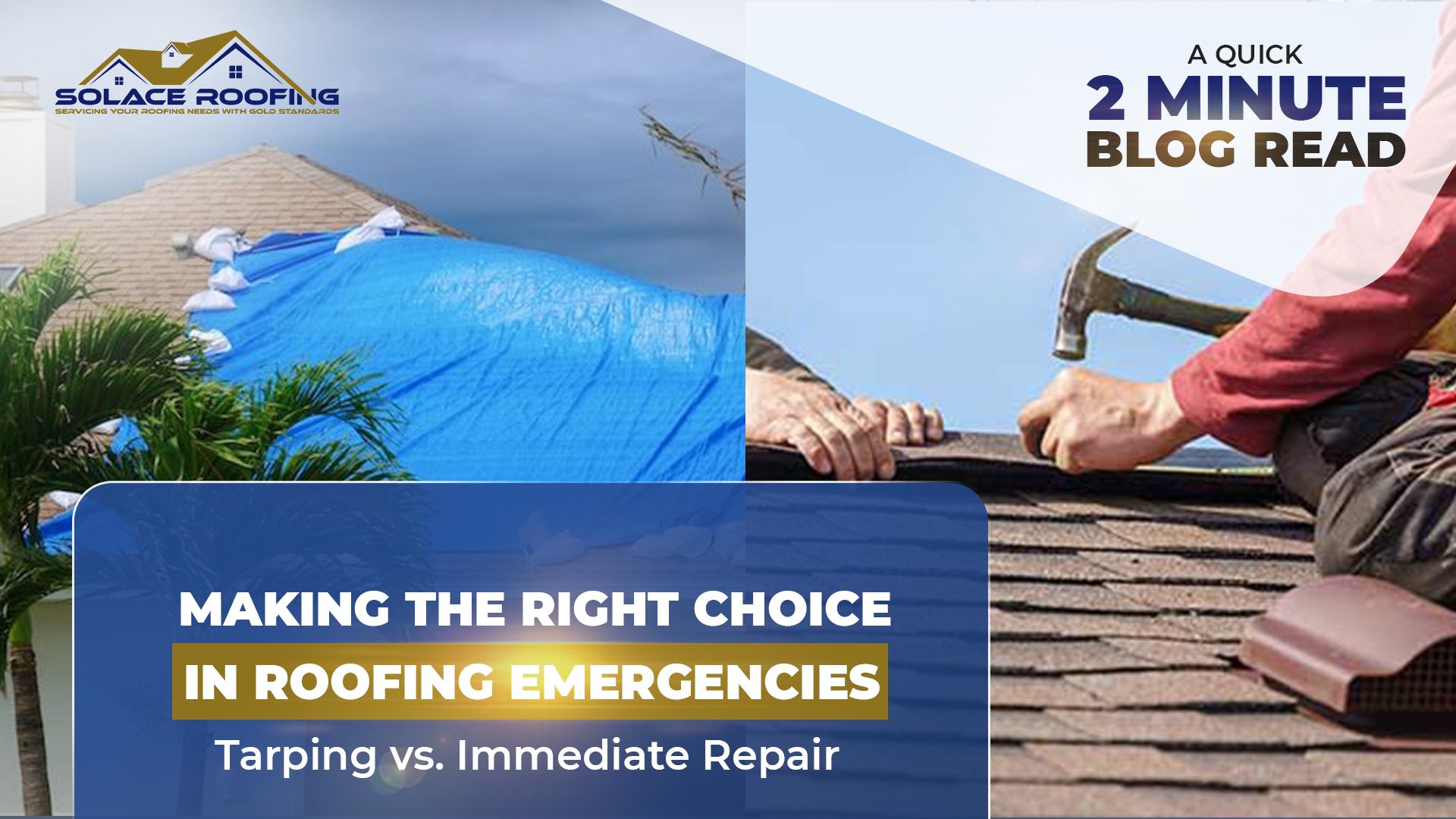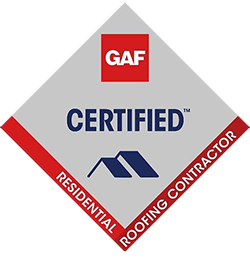
How to Install a New Roof
Are you tired of a leaky roof? Is the water damage ruining the peace of your mind? Besides ruining your day, a worn-out roof also poses many safety hazards. However, do not worry; we have the perfect solution for roof replacement problems.
With our guide on how to install a new roof, you can finally say goodbye to the damaged ceiling. It has the added cost-saving benefit as you will not have to spend money on roofing companies.
So, are you ready to welcome a new, sturdy roof that will protect you and your house for several years? Then, continue reading this article, where you will learn the right way of roof installation with our DIY tips.
Roofing Tools and Materials
If you decide to take on this DIY project, it is time to gather the necessary tools and materials before starting. Here is the list of everything you will need for new roof installation in your home.
- Air compressor
- Air hose
- Circular saw
- Roof harness
- Roof nailer
- Tin snips
- Stapler
- Ladder
- Chalk line
- Caulk gun
- Utility knife
- Rubber gloves
- Shingles (asphalts are recommended)
- Valley flashing
- Vent flashing
- Step and dormer flashing
- Sealant
- Water-resistant underlayment
- Felt underlayment
- Nails, hook blades
- Drip edge
Steps to Replacing Your Roof Safely
After having all the necessary equipment, it is time to start the actual work. However, before that, you must understand all the safety concerns that might follow this activity. Working at elevated heights comes with the risk of falling or other similar injuries.
Hence, it is better to hire a professional roofer if you find it difficult to balance yourself up there. Moreover, you should also check all the local building codes to ensure that you meet all the necessary regulations.
Let’s explore all the necessary steps of roof installation now.
- Prepare the Roof Deck
Before you start working with the roofing materials, it is crucial to ensure that the roof deck is even. Moreover, it should be completely attached to the trusses. There should not be any holes as well. Then only you would be able to give a clean and flat appearance to your newly installed roof.
- Start with the bottommost layer
Since shingles are the visible layer of a roof, you have to place them in the last. It is one of the most critical factors that protect your roof against the weather. However, the strength of a roof depends upon the material you place underneath the shingles.
The drip edge is the bottom-most layer or the first material you must lay. You will have to put it at the eaves to provide a neat start to the roof installation process. It even protects the roof deck’s lower edge from moisture by preventing the water from moving back up the roof before it drains.
- Install Ice Dam Protection at Eaves
This step is necessary if you reside in colder areas prone to ice. You should install a thin, self-adhesive membrane over the drip edge. It would provide ventilation and insulation to prevent the formation of ice dams.
You must take care of some things while installing ice dam protection during roof replacement.
- The thin membrane must extend over the eaves by a quarter of an inch.
- It should be at least 24 inches inside the interior wall.
- You must also cover the roof valley with this waterproof layer.
- Secondary protection underlayment
Now comes the time for some more protection. Under the shingles, you can either install an asphalt-soaked felt or a synthetic underlayment in this step. Both materials are equally valuable, offering a perfect additional layer. However, you must be mindful of a few things if you have already installed an ice and water protection layer.
You must place the felt so that it overlaps the valley membrane and flashing by 4 and 6 inches, respectively. If you did not put the self-adhesive membrane, simply placing the underlayment at the eave would work. Extend it at least three-quarters of an inch over the drip edge.
If you follow these instructions, the outcome will be worth it. The underlayment would be able to provide a much-required resistance against wind.
- Cover the Joint and Valley with Flashing
No matter how well-installed your roof is, the lack of proper flashing will eventually lead to leakages. We highly recommend you use open metal valleys for better outcomes. After applying the underlayment, now comes the turn for valley flashing. Both things come before shingles.
Place the width of the ice dam protection membrane inside the valley. Now center its liner on the top of it in such a way that both pieces overlap each other by at least 6 inches.
- Lay Down the Final Layer of Shingles
You have reached the final step of replacing your roof. The type of shingles does not influence this step at all. However, before you lay down the main shingles, you must install a preparatory course of starter shingles. It is like a base for the first course that ensures moisture and wind protection.
We highly recommend you keep a close eye on the shingles manufacturer’s manual. Here you can learn about all the necessary factors like offset and nail placement. If you fail to place the nail properly, the roof will not be able to resist the heavy winds and might pose safety hazards.
Wrapping Up
In conclusion, roof installation is a complex process that requires patience, attention to detail, and proper planning. While it can seem overwhelming, it is a rewarding task that can improve the aesthetic and value of your home.
To make the most of your new roof, consider investing in quality materials and enlisting the help of a professional contractor if necessary. Remember, the key to success is carefully taking time and following all manufacturer instructions.
So do not wait long; prepare your tools to complete this DIY project effectively.








